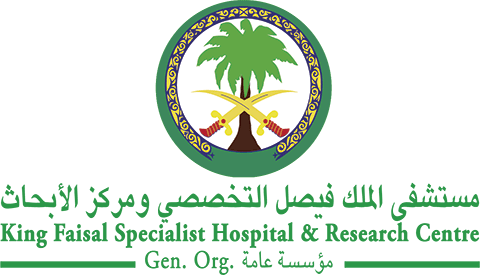Abstract
The frontline treatment for patients younger than 40 years with severe aplastic anemia (AA) is allogeneic hematopoietic stem cell transplantation (HSCT) from a human leukocyte antigen-identical sibling donor. However, in patients with severe AA who are older than 40 years, allogeneic HSCT has been found to be associated with increased treatment related mortality and toxicity, even when matched sibling donors are used. We report our institutional experience with allogeneic HSCT in patients with severe AA between 40 and 50 years. A total of 19 patients with severe AA were included in the study. Overall survival (OS) and disease-free survival (DFS) were estimated using the KaplaneMeier method. The mean age of patients at the time of transplant was 43.79 years, and 57.9% were male. The mortality rate was 36.8%, attributed to infection (10.5%), relapse (15.8%), and renal failure (5.3%) in all cases. Acute graft-versus-host disease (GVHD) occurred in five patients (26.3%), and chronic GVHD occurred in two patients (10.5%). The 5-year OS was 62% and the 5-year DFS was 52%. We found that the patient’s age, platelet level prior to transplantation, and the number of CD3 cells infused for each transplant were independent prognostic factors for OS, and the age and sex of the patient, graft rejection, and platelet level prior to transplantation were significant prognostic factors associated with DFS. We recommend that immunosuppressive therapy be considered as a first-line treatment in patients with severe AA who are older than 40 years. Allogeneic HSCT can be considered a valid alternative option in patients whose suppression therapy fails.
Recommended Citation
Fumani, Hosein Kamranzadeh; Jalili, Mahdi; Rad, Soroush; Babakhani, Davood; Maleki, Nasrollah; Asadollah Mousavi, Seyed; and Ghavamzadeh, Ardeshir
(2022)
"Outcome of Peripheral Blood Allogeneic Hematopoietic Stem Cell Transplantation as a Treatment Option in Patients with Severe Aplastic Anemia Between 40 and 50 years,"
Hematology/Oncology and Stem Cell Therapy: Vol. 15
:
Iss.
1
, Article 8.
Available at: https://doi.org/10.1016/j.hemonc.2020.06.004
Creative Commons License

This work is licensed under a Creative Commons Attribution-Noncommercial-No Derivative Works 4.0 License.
Included in
Cancer Biology Commons, Hematology Commons, Oncology Commons

